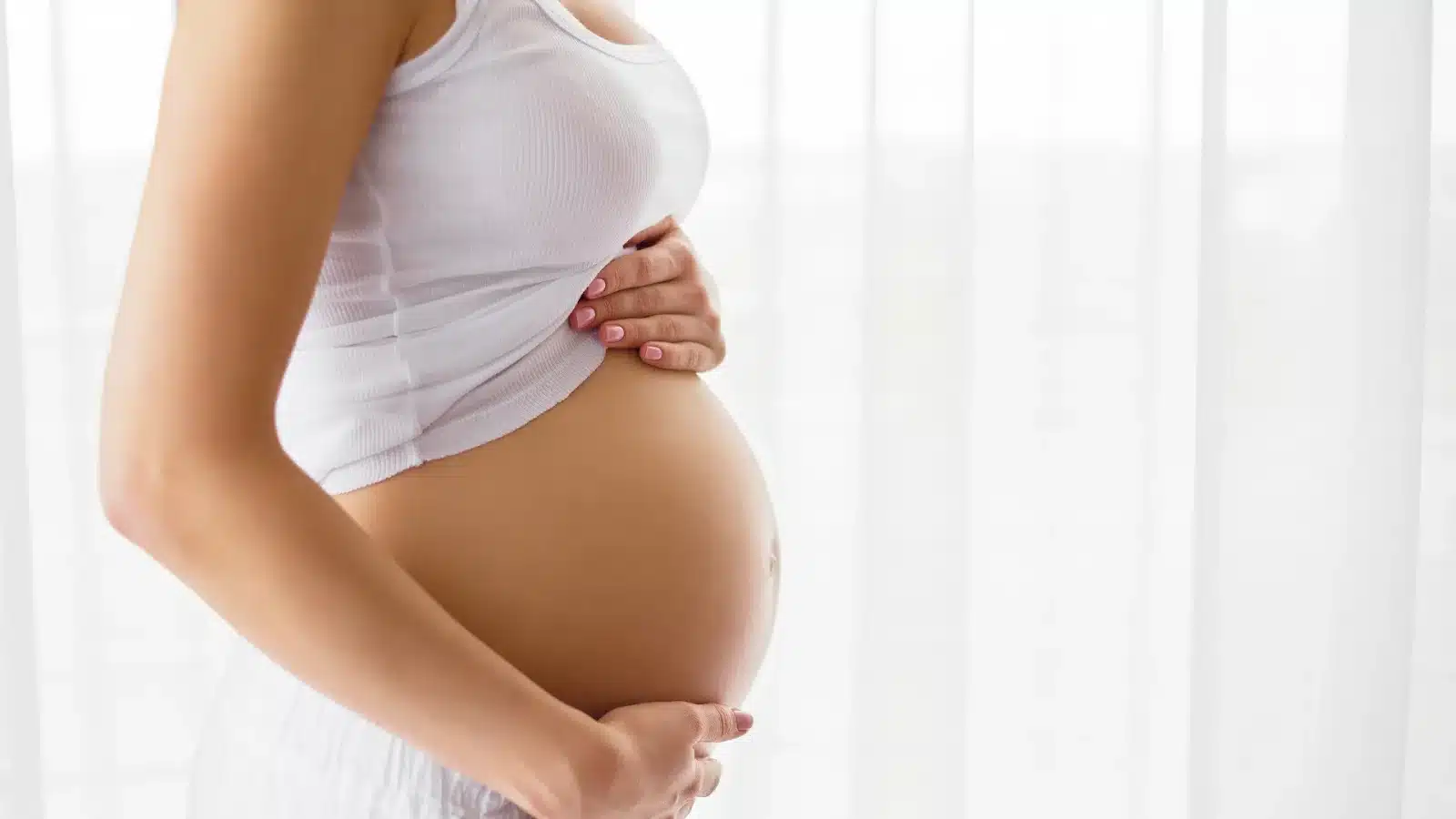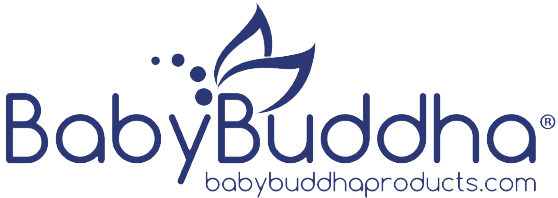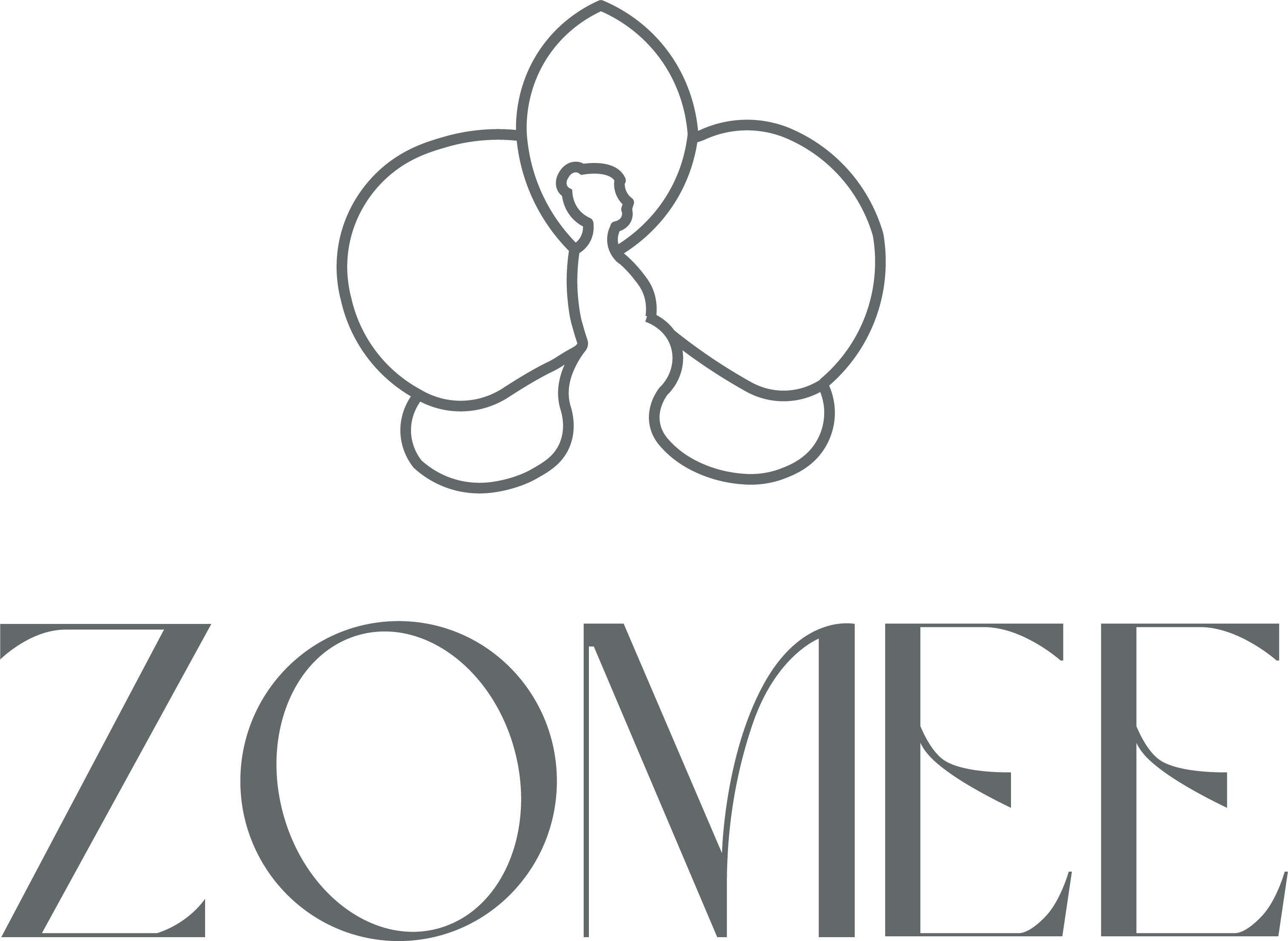When Will You Start Showing? A Guide For You And Your Bump

The moment you find out you’re pregnant, a whole new world opens up. You start imagining what’s to come: those first tiny flutters from within, the softness of baby clothes, maybe even your first bump photo.
Along with all the excitement, there’s a quiet wave of transformation beginning inside you. Your body is shifting in ways you might not have expected, stretching, softening, making space. And while much of it can feel magical, it can also feel unfamiliar, even overwhelming at times.
So at some point, a very real question comes to your mind:
“When will I start showing?”
You might be checking the mirror each morning, wondering if today’s the day your jeans fit differently. Or maybe you’ve already noticed a small curve forming and thought, “Is this too soon?”
If you’ve been wondering when that first sign will appear, or why it hasn’t yet, you’re not alone. So many of us do.
This Mama Talk shares different ways bumps begin to show, what might influence the timing, and how your belly may change over the weeks.
When Do You Start Showing a Pregnancy Bump?

In the first few weeks of pregnancy, a lot is happening beneath the surface. By 12 weeks, you are likely to have your first scan, and your baby is already growing beautifully.
But even with all this development, your belly might still look the same on the outside. How soon your bump shows often depends on a few natural factors:
- If this is your first pregnancy
When it’s your first time, your body may take a little longer to adjust. The muscles in your abdomen are not flexible, so the changes may be slower to appear. Many women start to show between 16 and 18 weeks, but every body is different, and there’s no set timeline that applies to everyone.
- If you’ve been pregnant before
In subsequent pregnancies, you may notice a bump much earlier, sometimes as soon as 10 to 14 weeks. That’s because your abdominal and uterine muscles have already stretched once, making it easier for your belly to expand again.
Dr. Choo Wan Ling explains that after the first pregnancy, the abdominal and uterine muscles become more lax, causing the belly to expand more easily.
- If you’re expecting twins or more
If you’re carrying twins or triplets, you may start showing as early as the end of your first trimester, since your uterus expands sooner to make room for more than one baby.
Other Reasons You Might Show Early or a Little Later
When it comes to your pregnant belly, it’s normal to feel concerned if your bump seems too big, too small, or in the “wrong” shape compared to others. But it’s important to remember that pregnancy bumps are as unique as the women carrying them. Here are some key factors that could influence the size and shape of your belly:
Some of the things that may play a role include:
1. Your Body Type and BMI:
Your genetics, body type, and fitness level can significantly affect the size of your pregnant belly. Women with strong muscle tone tend to have smaller bellies, while those with a lower body mass index (BMI) may carry more weight and have a bigger belly.
This is because the muscle tone and fat distribution influence how your body adapts to the growing baby.
2. Shape of Your Belly:
The shape of your belly often reflects your baby’s position. If your belly looks more round, the baby is likely facing your back, which is known as an anterior position.
A more protruding belly usually suggests a posterior baby, whose face is turned towards the front.
Given the various factors that impact weight gain during pregnancy, it can be difficult to determine why your belly may appear larger or smaller than expected. If you have any concerns about the size of your belly, it’s always a good idea to consult your doctor.
How Your Baby Bump Grows as the Weeks Go By

Before your bump starts to show, there’s already so much happening inside your body. Your baby is growing day by day, even if you can’t see it just yet.
Here’s a gentle look at how your baby is developing each trimester, which may help explain what’s happening behind the scenes:
-
First Trimester (Weeks 1–13)
In the early weeks, your baby is still very small.
- Week 4: Your baby is about the size of a peppercorn (5 mm).
- Week 7: Your baby is about the size of a blueberry (10 mm).
- Week 9: Your baby is about the size of a grape (22 mm).
At this point, your baby is fully formed in miniature. Their heart is beating, their limbs are moving, and they’re growing fast, but from the outside, your belly might still look the same. Many moms don’t see visible changes this early.
-
Second Trimester (Weeks 14–27)
Their features are developing more clearly now, tiny eyelashes, fingers, and even a strong little heartbeat.
- Week 14: Your baby is about 85 mm long from head to bottom.
- Week 22: Your baby is about the size of a sweet potato (27 cm).
- Week 30: Your baby is about the size of a cabbage (33 cm).
Around this time, your uterus rises higher in your belly. You may also start to feel the first soft flutters of movement, like tiny bubbles or butterflies. Those gentle kicks are often one of the first ways your baby makes their presence known.
-
Third Trimester (Weeks 28–40)
Your baby keeps growing, and your bump may become more defined.
- Week 30: Your baby is 33 cm long from head to bottom.
- Week 32: By now, your baby may be positioned head-down, ready for birth.
- Week 40: Your baby has grown to full term, with an average length of 50 cm.
By now, your baby’s movements become more noticeable. They start responding to sounds and light, and as they become more aware of their surroundings, you may feel stronger kicks and movements.
What You See in the Mirror Might Surprise You and That’s Okay!
You might expect to look pregnant by a certain week and feel confused when your reflection doesn’t match what you imagined. In the early weeks, what you’re seeing may not be a true baby bump just yet. It’s common to experience bloating that comes and goes, especially as your body adjusts to hormone shifts and changes in digestion.
Some days, your belly may feel more rounded or noticeable; other days, you might wonder if it’s even there at all. And that’s completely normal.
As pregnancy progresses, your bump may feel big, small, high, low, or just different from what you expected. If you’re expecting twins, triplets, or more, you may show earlier or appear larger than someone carrying one baby. And while it’s natural to compare yourself with other moms or online bump photos, it can often leave you more anxious than comforted.
In those moments, it’s important to remember this: what you see in the mirror is real and valid. Whether you’re showing a little or a lot, early or late, your body is moving through pregnancy in its remarkable way.
When to Check In With Your Doctor?
Sometimes, you just want a little reassurance. It’s also normal for friends or family to say things like, “You don’t look big enough to be having twins/triplets.” While they might mean well, these comments can leave you feeling unsure.
If something doesn’t feel right, it’s important to reach out to your doctor or midwife. There’s no such thing as a silly question when you’re pregnant. You can always check in if:
- Your bump doesn’t seem to be growing, and it’s worrying you.
- You’re feeling anxious or overwhelmed due to a previous loss or complicated pregnancy and need extra support.
- There’s a tightening or cramping feeling in your belly that starts to come more often or feels more intense than before.
- You’re in your third trimester and suddenly notice our baby’s movements have slowed down or seem less frequent than usual.
These don’t always mean something is wrong, but they are worth checking in about. Your midwife or doctor can help figure out what’s happening and guide you through the next step. You don’t have to second-guess yourself.
Final Thoughts
There’s something about waiting for your baby bump that feels bigger than just watching your body change. It’s the quiet hope of wanting to see what your heart already knows, that there’s a little life growing inside you.
You might find yourself checking the mirror each morning, pressing gently on your belly, wondering if that’s a curve or just bloating.
Every pregnancy unfolds in its own way. For some, the bump appears early, while for others, it stays subtle until the second trimester.
Just remember: You don’t need a certain bump size or body type to be a good mom. Growing a baby looks different for everyone, and however it looks for you, it’s valid.
And that’s more than enough.
FAQs
- Is it normal to show earlier with a second pregnancy?
Yes, it’s very common. If you’ve been pregnant before, your body may remember how to stretch and make space so that you might notice your bump sooner. But even then, every pregnancy can feel different.
- Why is my bump smaller than others at the same stage?
Bump size isn’t always a reflection of how your baby is growing. Things like your height, muscle tone, how your baby is positioned, or even how you’re standing can affect how your belly looks.
If your doctor or midwife says things are going well, your bump is exactly the size it needs to be.
- Can I be showing at 8 weeks?
You might feel bloated or fuller in your belly around this time, but most of what you’re seeing is your body adjusting, not necessarily your baby bump just yet.
A true baby bump usually appears a bit later, though it’s okay if you feel like you’re noticing changes early on.
- Should I worry if I’m not showing yet?
Not at all. Some moms don’t visibly show until well into the second trimester, especially if it’s their first pregnancy or they have strong abdominal muscles. If your provider is happy with how your baby is growing, there’s no need to worry.
- What if my bump seems too big?
A larger bump could be influenced by things like fluid levels, your baby’s position, or if you’re carrying more than one baby.
Your doctor will keep an eye on your measurements and let you know if there’s anything to be concerned about. Most of the time, it’s just another version of normal.










